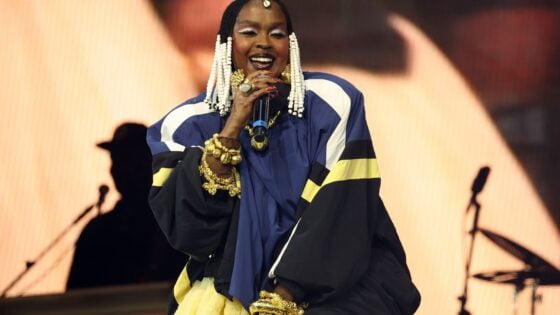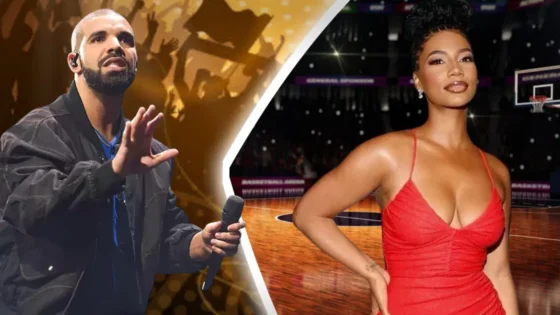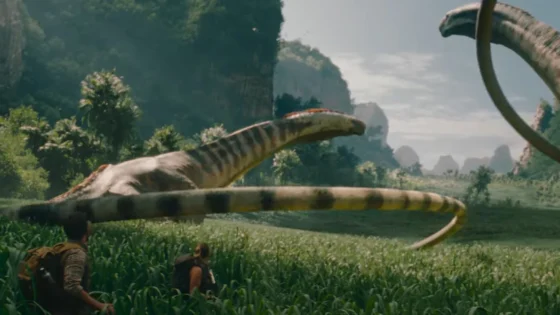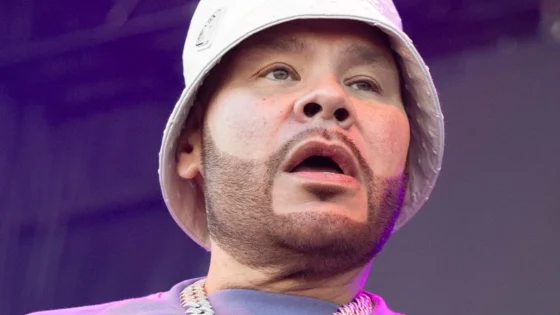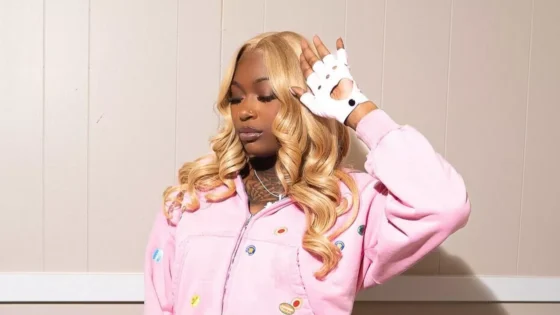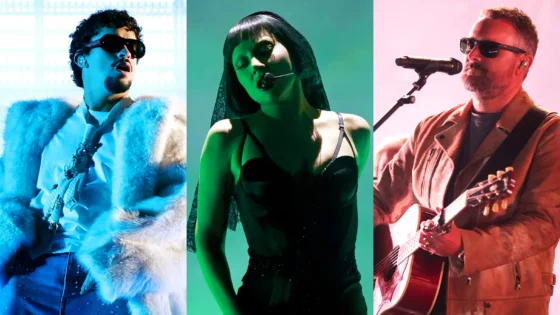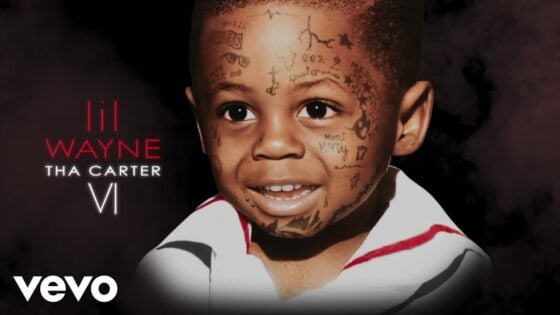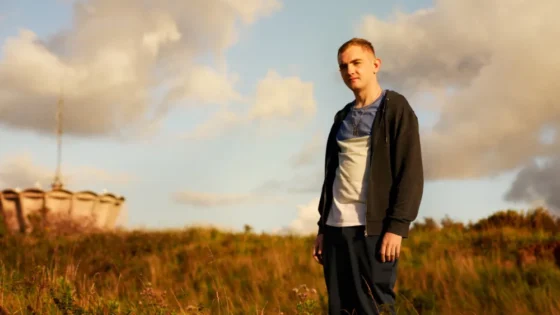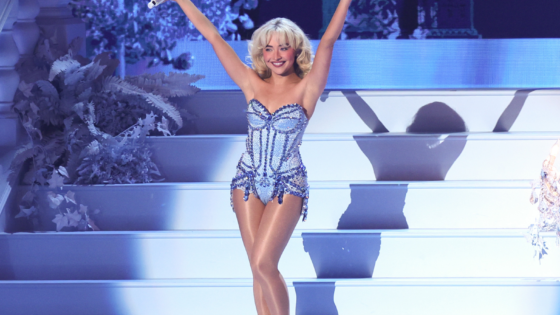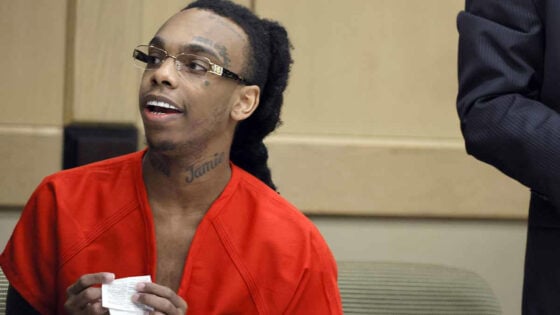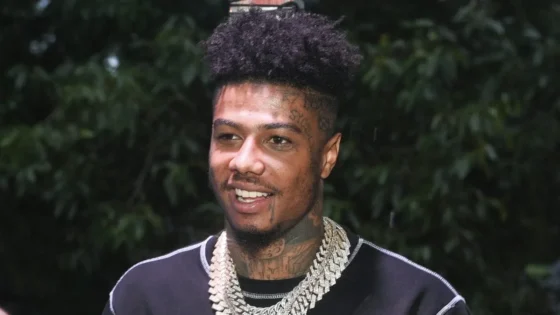Stephen King’s adaptations are in vogue right now and to say we are experiencing a golden age of King adaptations isn’t an exaggeration. Sure, there have been plenty of adaptations of his work in the past, but ever since the record-breaking box office success of Stephen King’s It, the prolific writer seems to have reached a new height of success with his work frequently popping up in theaters and on television. Only a year after the success of Mike Flanagan’s take on Gerald’s Game, Netflix is back with yet another King adaptation— this time based on In the Tall Grass, a novella by King and his son Joe Hill that was originally published in issues of Esquire magazine.
The set up is relatively straight-forward. In the Tall Grass begins with Cal (Avery Whitted) and Becky (Laysla De Oliveira), a brother-and-sister duo driving cross-country. Becky is six months pregnant and unsure about her future as a mother since her boyfriend Travis (Harrison Gilbertson) isn’t ready for parenthood. The plan is to travel to San Fransisco and meet with a couple who could potentially adopt the soon-to-be-born baby. After pulling over to the side of a deserted road, they hear the voice of a young boy calling for help from a vast field of tall grass. The towering grass is so thick they can’t see beyond a few inches inside the field, and so when the panicked voice of the young boy (Will Buie Jr.) cries out again, Cal and Becky decide they must go and investigate. Once inside, they quickly realize nothing is as it seems.
After failing to locate the young boy, the siblings are separated and find themselves trapped in a maze of greenery where time and space move in unpredictable ways. As they set out in search of each other, they soon discover they are not alone and further complicating matters is a mysterious rock situated in the middle of the field that not only radiates with a strange hypnotic power but has the ability to move people around.
How scary can a film about being lost in a field be?
As a director, Vincenzo Natali seems like the perfect man for hire and anyone who’s familiar with his body of work will understand why. For the unfamiliar, Natali has demonstrated a knack for cinematic flair in such films as 2009’s Splice and more recently as the director of several episodes of Bryan Fuller’s Hannibal. He’s one of the most talented filmmakers working today and he just so happens to have a track record for building suspense in tight spaces despite limited resources as proven in his breakout hit Cube, a high-concept thriller about a random group of people who wake up lost inside a puzzle box with seemingly thousands of interconnecting rooms and a sprawling labyrinth of death traps. Here, as in Cube, Natali must think outside the box and find creative ways to scare the audience— and, for the most part, Natali and his team succeed.
For this adaptation, Natali reportedly studied the novella extensively and while he remains mostly faithful to the original source material he does find clever ways to stretch a thin plot into a feature-length film. In doing so, Natali adds his own twists to the proceedings by creating some truly inspiring sets of nightmarish imagery. Naysayers will no doubt argue that In the Tall Grass has plot holes and that some of the characters are underdeveloped (name me a horror movie that doesn’t have this problem)— but as sheer visceral filmmaking, it’s one of the most visually striking Stephen King adaptations in recent memory.
Honestly, whatever problems you may have with the script, the filmmaker’s work here must be applauded. I love how Natali ratchets up the tension, employing claustrophobic camerawork and sound design that slowly turns from minimal to maximal. As our heroes find themselves running around in circles surrounded by blades of tall grass, the repetitive nature of these scenes further enhances the sense of frustration, dread, and unease these characters feel. As the tension esculates we realize that no matter how far they travel, they never advance any closer to finding a way out. Worse, the so-called helpful strangers they meet along the way are not what they seem, and neither is the grass. As Tobin puts it, “the tall grass doesn’t move dead things”, and maybe the only way out is through death itself. The question then becomes, what or who is the real threat?
This premise might seem a bit thin for a feature film, but Natali’s visual wit and disciplined camera movements create frissons of surreal terror. There are scenes here that seem lifted from Lars Von Trier’s Antichrist and at times you may be reminded of the climax of Stanley Kubrick’s The Shining as the filmmaker’s find ways to maximize the claustrophobic setting of the maze. And while this may seem like high praise, I do want to push back on some of the negative reviews I’ve read online since in my opinion, In the Tall Grass is a really good Stephen King adaptation.
Vincenzo Natali’s film version of the novella by Stephen King and Joe Hill is one of the most visually striking King adaptations in years.
In terms of horror, In the Tall Grass isn’t just a psychological thriller either. Towards the end, the film features horrifying images of bones being broken, heads crushed, and eyes gouged out. And in the final reel, things get truly bizarre. Like really, really bizarre. A movie that takes place inside a field of grass has no business being this creepy, let alone, cinematic, yet Vincenzo Natalia and cinematographer Craig Wrobleski manage to find every possible conceivable way to make In the Tall Grass a visual treat with impressive long takes, slow-motion shots, and a camera that weaves upside down and around everything in its path.
On paper, In the Tall Grass is a simple story that takes place entirely in and around a single location with much of the film’s running time consisting of people wandering around in circles — and yet thanks to Vincenzo Natali’s talent as a filmmaker, In the Tall Grass is thoroughly engaging. Natali clearly aimed to craft a film that blends emotional horror, body horror, and psychological horror and while it doesn’t always work, when it does, it’s downright great.
- Ricky D


